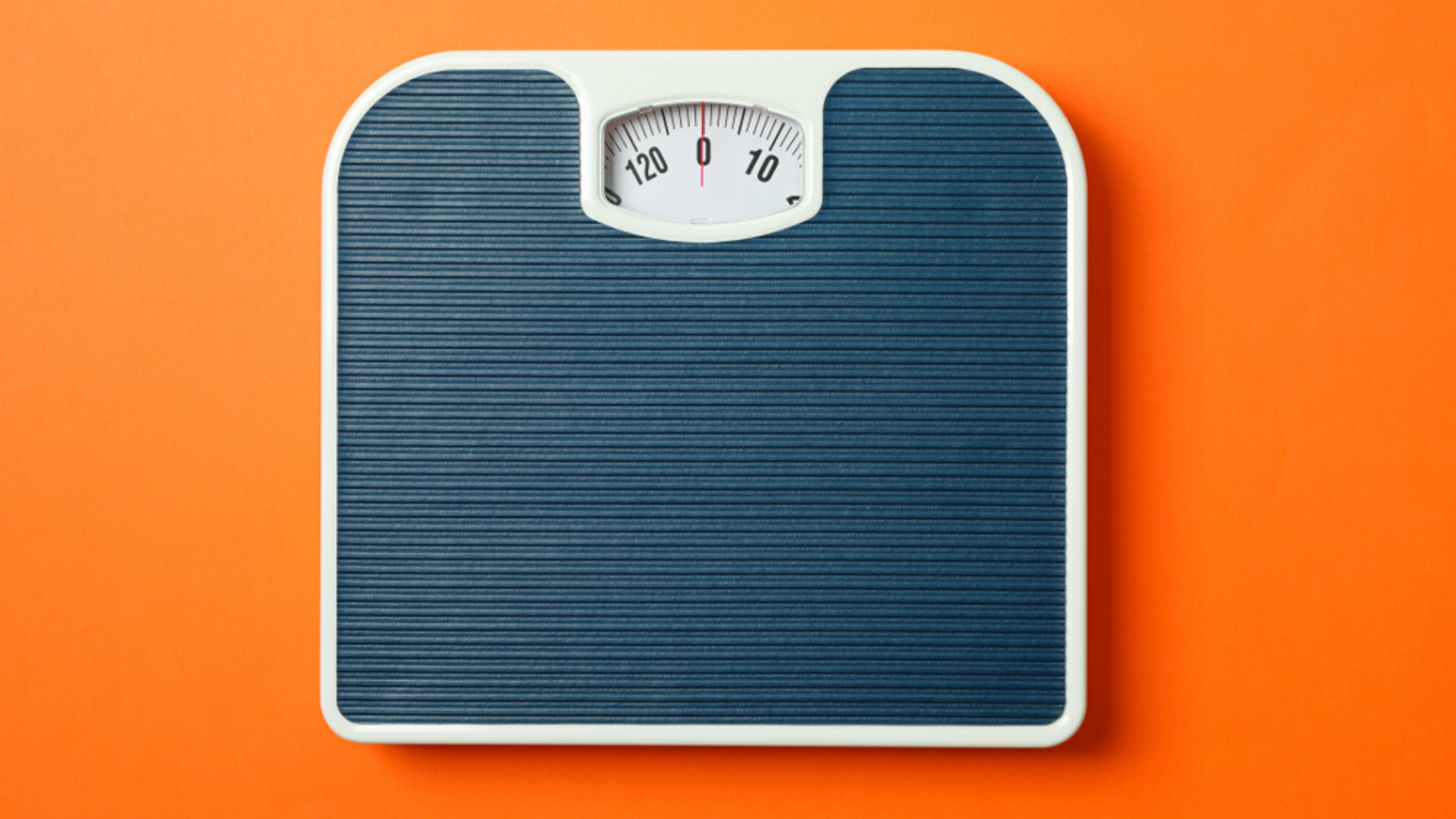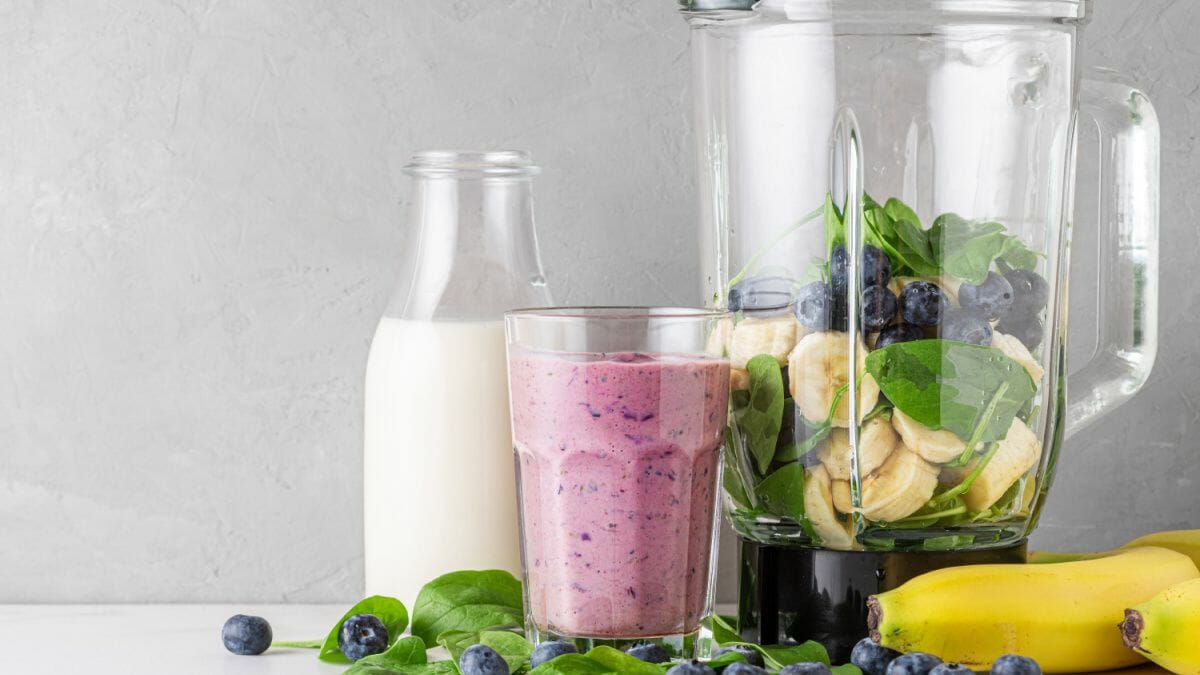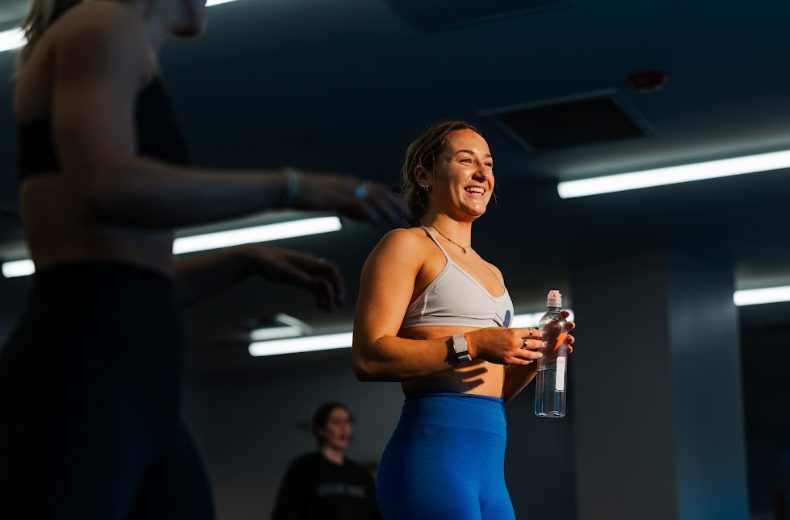
During the Challenge, it’s easy to become fixated on the number on the scale as the sole indicator of weekly progress, rather than long-term goals or overall health. Weight doesn’t provide an accurate and well-rounded view of training progress, as there are a number of factors that can cause the value to fluctuate.
Two people with identical weight can have completely different body types, as body weight does not take into account the ratio of overall weight in terms of muscle mass, fat mass, bone mass, and water. Additionally, weight variations can be impacted by changes in the amount of water we retain. Consuming a high-sodium meal, for example, can cause a great deal of water retention and affect our total body weight at a given time. The same goes for consuming a high-carb meal, as carbs require water to store them as a fuel source. This causes a build-up of ‘water weight.’
Lastly, muscle mass carries more weight than fat mass. Therefore, when we see no change in our overall body weight (without reviewing our full body composition), we may miss the fact that we have gained muscle while losing fat mass. These fluctuations in overall body weight are normal, and while the number on the scale can act as a reference, it is not the most accurate method to track overall change in body composition.
Breaking down body composition
Body composition is the proportion of our body’s total fat mass and non-fat mass. When we measure our body composition, we can also view our body fat percentage, which indicates how much of our weight is body fat. Fat mass consists of both ‘essential fat’ (what our body needs to function, i.e. internal organs and bone marrow) as well as ‘storage fat.’ The remainder of our body weight comes from lean body mass, including muscles, bones, and connective tissues. A key part of training is to increase the ratio of muscle mass to fat mass to boost metabolism (increase the rate at which we utilize calories for fuel), minimize inflammation, and improve overall health.
The importance of tracking body composition
While body weight is simply the body’s total mass, body composition breaks down the components of what this weight consists of, i.e. muscle, fat, bone, and water. When we determine body fat percentage, we are able to distinguish fat mass from muscle mass. Why is this important? It provides a more accurate representation of how this weight is portioned in our body so we can get a better understanding of how this may be affecting our health. By tracking body composition changes, we can get a clearer picture of both muscle gain and fat loss in order to make effective modifications to our training and nutrition program and stay aligned to our long-term goals.
How to effectively track progress
- Determine body composition baseline. It’s extremely important to have an idea of your starting point in order to track progress throughout the Challenge.
- Assess body fat %. This allows you to focus on fat loss versus overall weight loss.
- Calculate your caloric needs using the Challenge App BMI Calculator. This will help you assess your current eating routine and total daily caloric needs based on your weekly activity level and overall goal.
- Monitor progress every 2-3 weeks. It’s key to stay motivated and on track with your goals.






